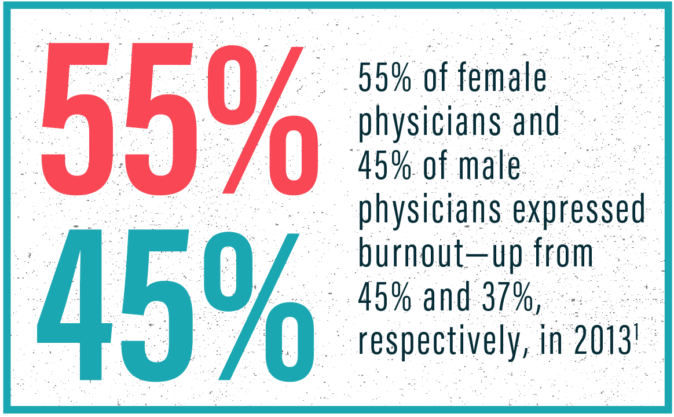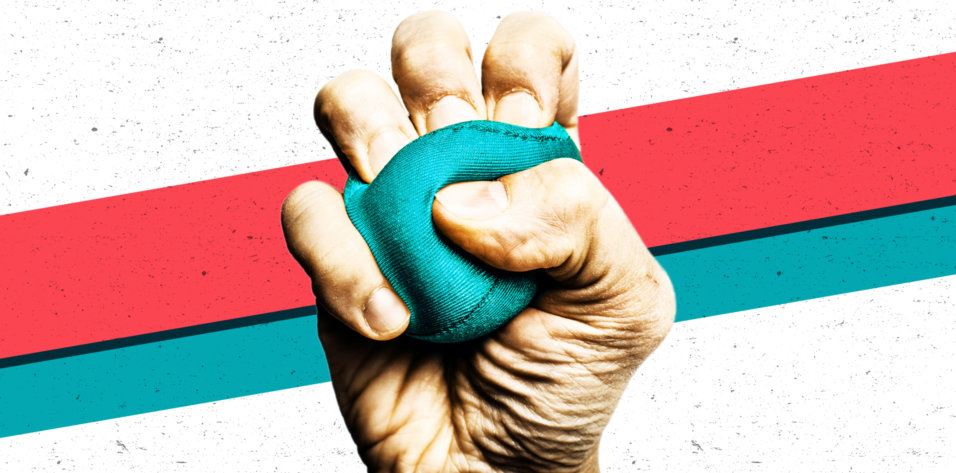 Catherine Miller, RN, JD is a Senior Risk Management & Patient Safety Specialist for the Cooperative of American Physicians, Inc. (CAP), in Los Angeles. She can be reached at CMiller@CAPphysicians.com.
Catherine Miller, RN, JD is a Senior Risk Management & Patient Safety Specialist for the Cooperative of American Physicians, Inc. (CAP), in Los Angeles. She can be reached at CMiller@CAPphysicians.com.
ME: Tell us about physician burnout.
CM: Physician burnout is a clinical syndrome characterized by emotional exhaustion and loss of enthusiasm for work, feelings of cynicism, and reduced performance. The symptoms of burnout can include feeling drained, overwhelmed, physical exhaustion as well as exercising poor judgment, suffering from a sense of detachment in relationships with coworkers and patients, and experiencing feelings of ineffectiveness. Although the impact to the physician is concerning, there are equally concerning effects on patients, patient safety, and quality of care. Research correlates burnout with disruptive behavior, increased medical errors, lower patient satisfaction scores, and increased malpractice risk. The impact of burnout is extensive. If unaddressed, burnout can result in dire consequences for the individual, both personally and professionally. In addition to job dissatisfaction, burnout can contribute to failed relationships, substance abuse, and worsening mental health for the physician.
ME: Why is it on the rise?
CM: Practicing medicine has always been intellectually, physically, and emotionally demanding work. But in addition to performing their clinical duties, today’s physicians are doing so much more. The restructuring of health care, increased regulatory pressures, and even the introduction of technology has resulted in a ‘tsunami of change’ and additional stressors. All these extra responsibilities detract from time spent with patients and threaten a healthy work-life balance. In the 2015 Medscape Physician Lifestyle report, which surveyed thousands of physicians, respondents rated the top five causes of burnout as: 1. Too many bureaucratic tasks 2. Too many hours at work 3. Insufficient income 4. Increasing computerization 5. The impact of the Affordable Care Act
ME: What should affected doctors do?
CM: Those most directly responsible for health and healing tend to forego the very treatment they themselves would recommend to any patient. Physicians need to pay attention to their symptoms and do whatever it takes to restore work-life balance—including seeking professional help. Medicine’s culture of invincibility has made it difficult for physicians to attend to their basic mental health needs. The danger is, if unaddressed, there’s a risk of severe depression and a host of other serious personal and professional sequelae. Organizations concerned about physician health and well-being can adopt a proactive approach to identifying burnout among their medical staff by administering anonymous surveys and by investigating other telltale signs of struggle, including reports of behavioral changes or perhaps a decline in performance or patient satisfaction scores. Hospitals and medical groups can also promote wellness by offering education and resource information via their Physician Health & Wellbeing Committees, whose charter is to assist physicians struggling with behavioral issues, substance abuse, addiction, and mental health challenges.

1. Medscape Lifestyle Report 2016: Bias and Burnout. Medscape. Available at: https://www.medscape.com/slideshow/lifestyle-2016-overview-6007335#1. Accessed June 6, 2017.


